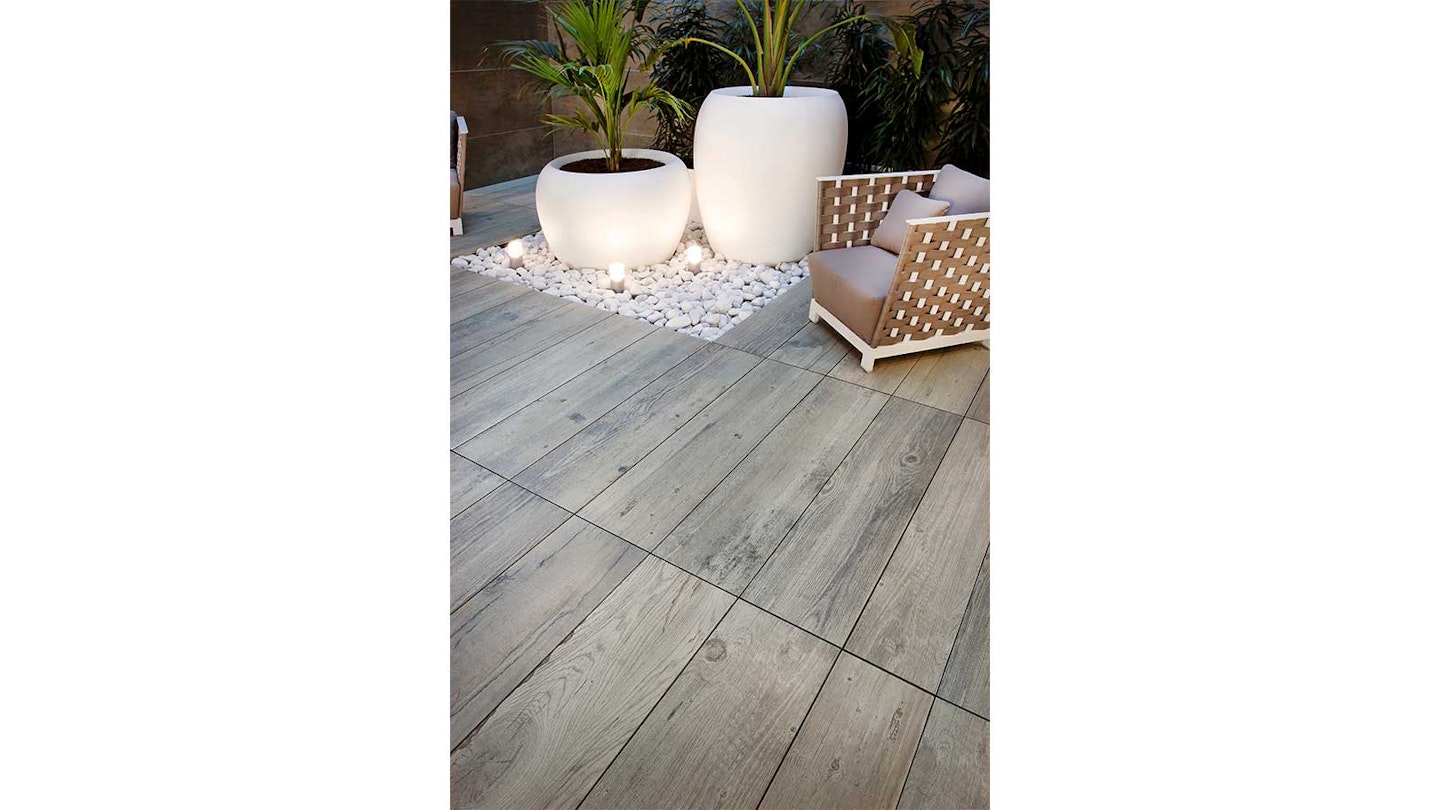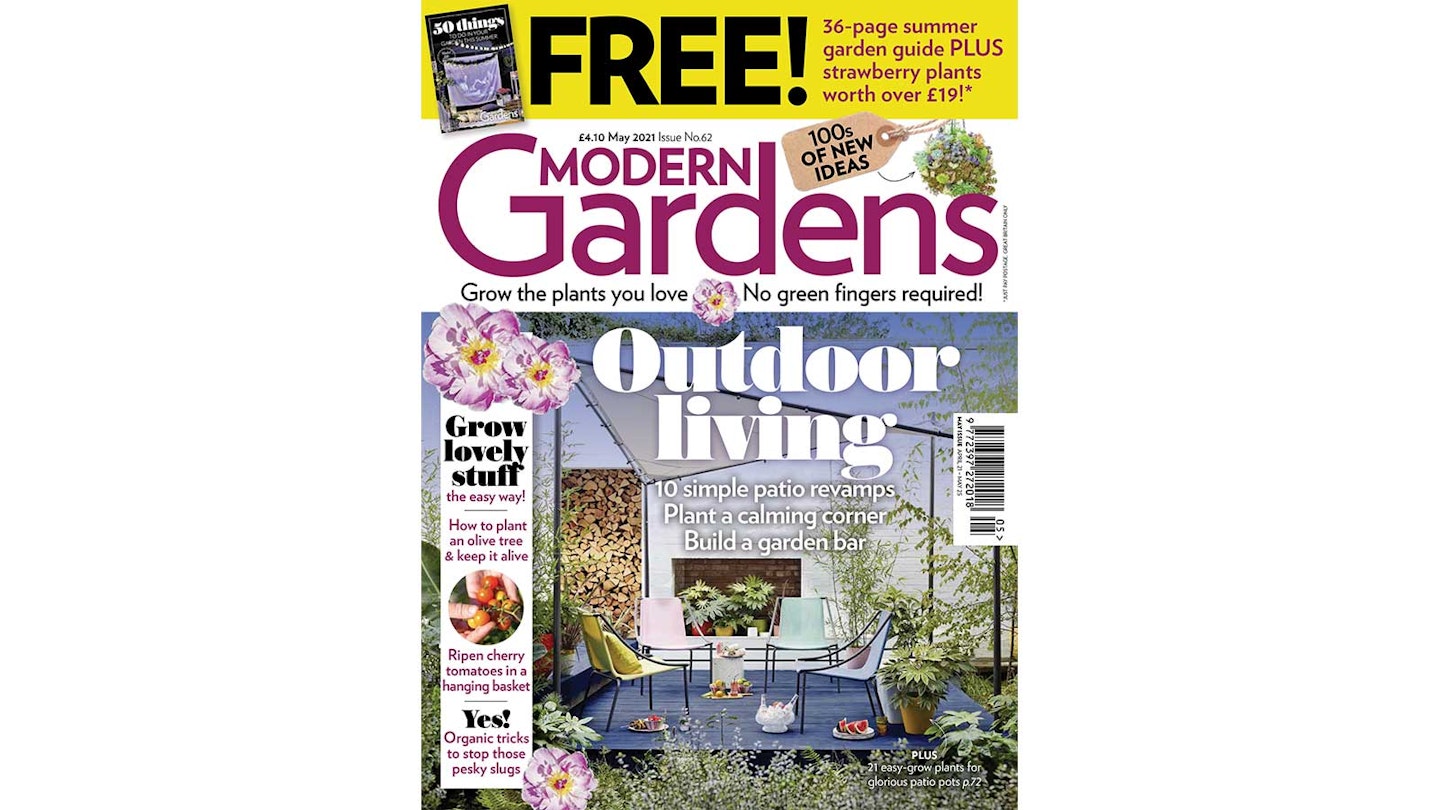Want your patio to be paved with smooth, pristine flooring that would look just as good inside your house as out? Then you need some porcelain plank paving in your life! There’s a huge trend for these pavers this year, and no wonder. They’re hardwearing, easy to lay, stain-proof and require very little maintenance to keep them looking good – and they simply ooze contemporary chic!
Porcelain paving has been around for a while now but it’s the elongated plank shape that’s the secret behind its storming success, securing itself a place on billions of Pinterest boards across the country. Inspired by traditional timber deckboards, they’re available in a wide range of increasingly realistic wood finishes so it’s easy to achieve the look of wooden floorboards outside. There are surface finishes to mimic various stones and slates too, making it possible to match up your outdoor paving to whatever type of flooring you have indoors – and so it’s perfect for this summer’s huge inside-out trend. Tempted? Here’s everything you need to know before you buy.
Shop our pick of plank patio pavers for your modern garden below
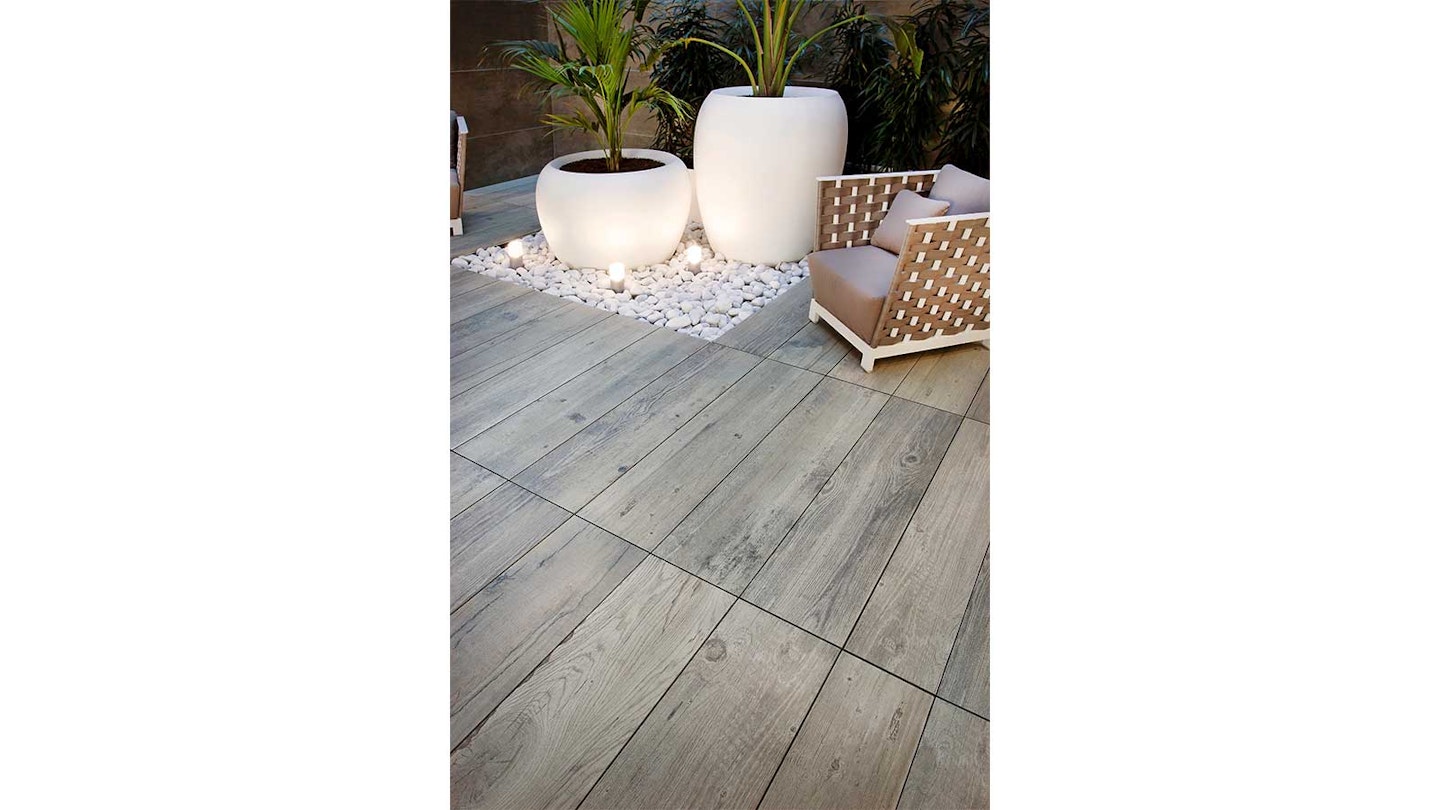
www.porcelainsuperstore.co.uk
Play with scale The wider proportions of these rustic wood-look planks alongside oversized planters make a small area look much more spacious. 1200 x 300 x 20mm.
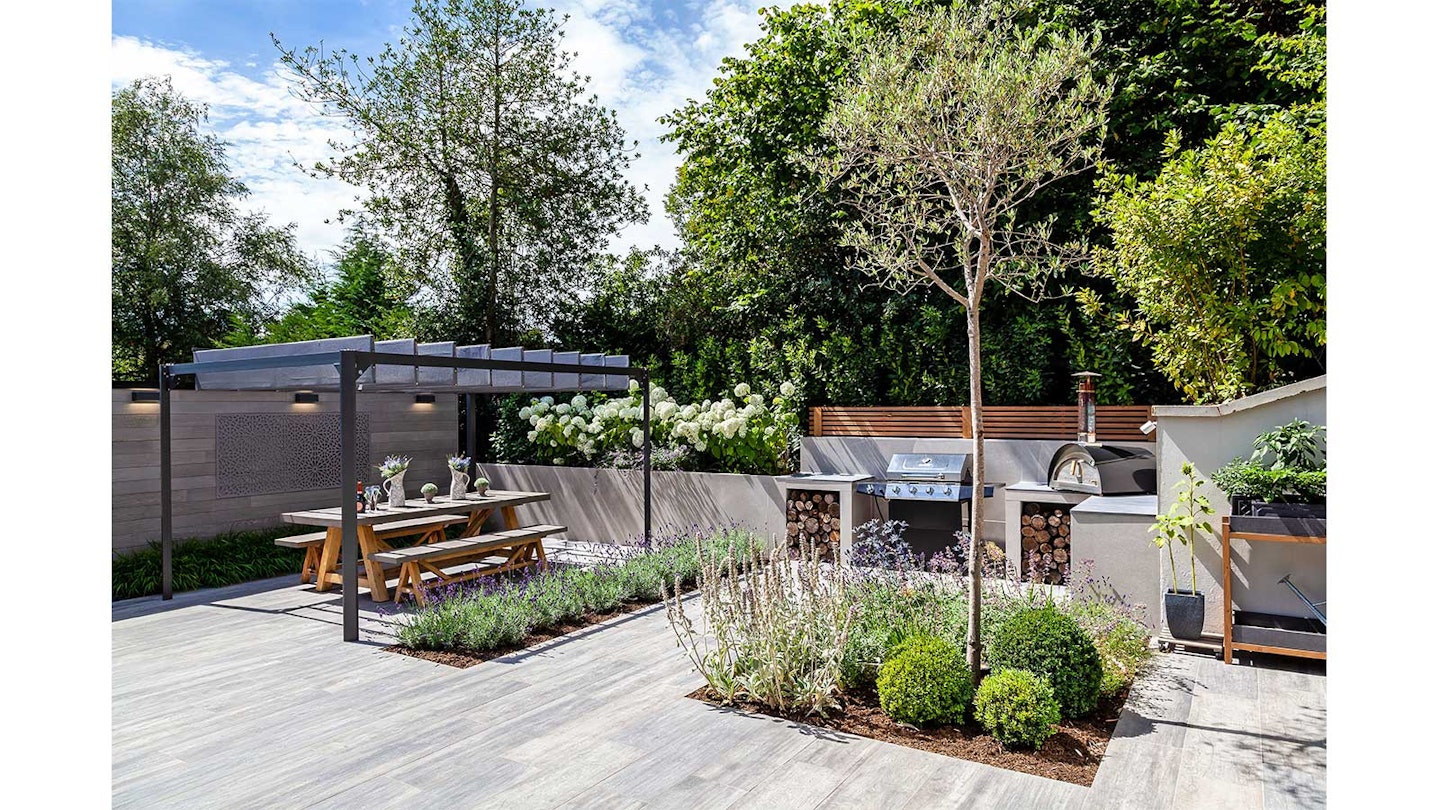
www.londonstone.co.uk
Pave a generous area Wood-effect porcelain planks score hands down on hassle-free good looks and the toned graining of this Cinder Porcelain Paving (1200 x 300 x 20mm) means you can pave a large area without it looking stark.
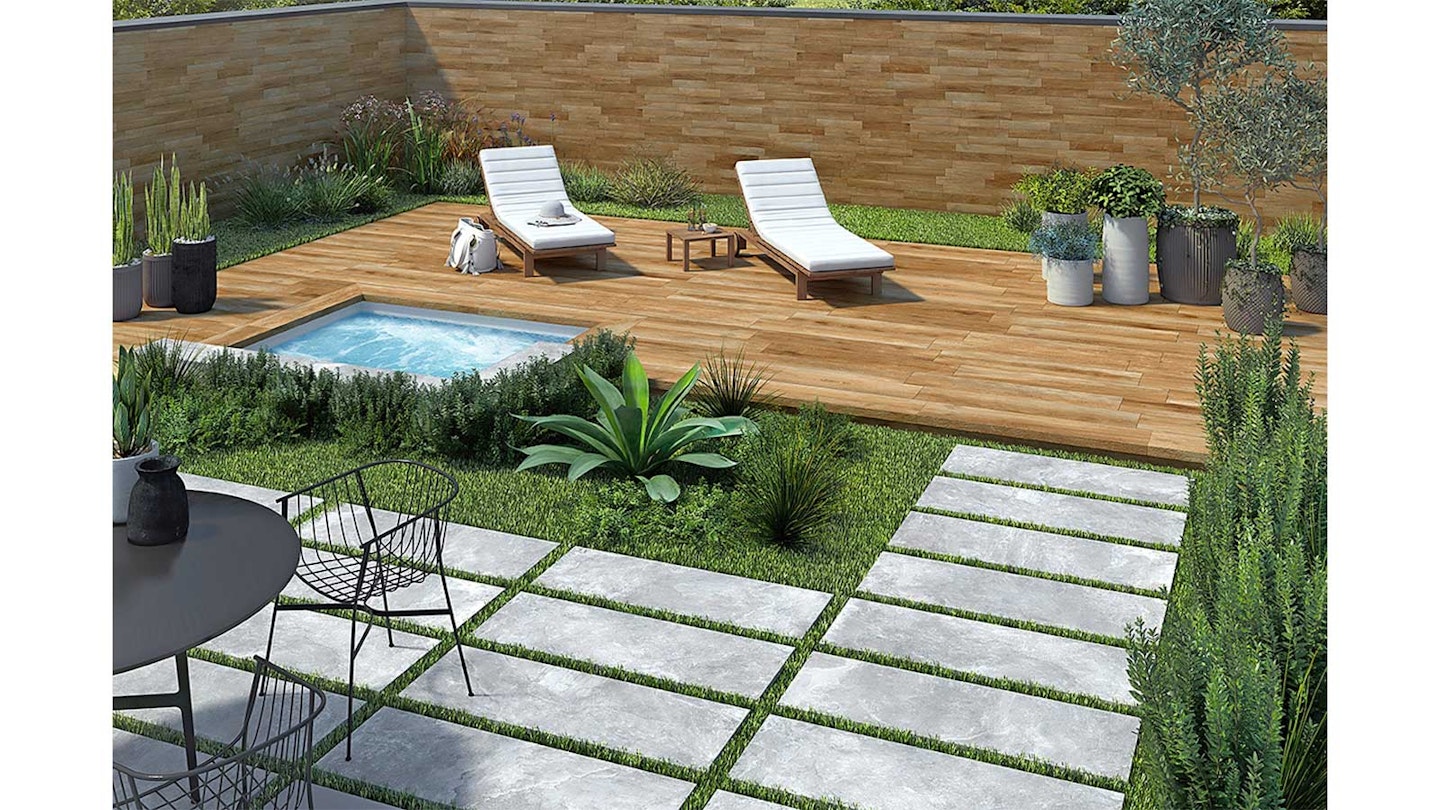
www.emctiles.co.uk
Lay planks in a lawn Create a zone in your lawn by laying planks in neat rows. These Ardesie Grey Porcelain Tiles (1200 x 400 x 20mm) can sit straight onto any level surface. Bed on a layer of gravel or sand if they are on uneven ground for a quick and easy garden upgrade.
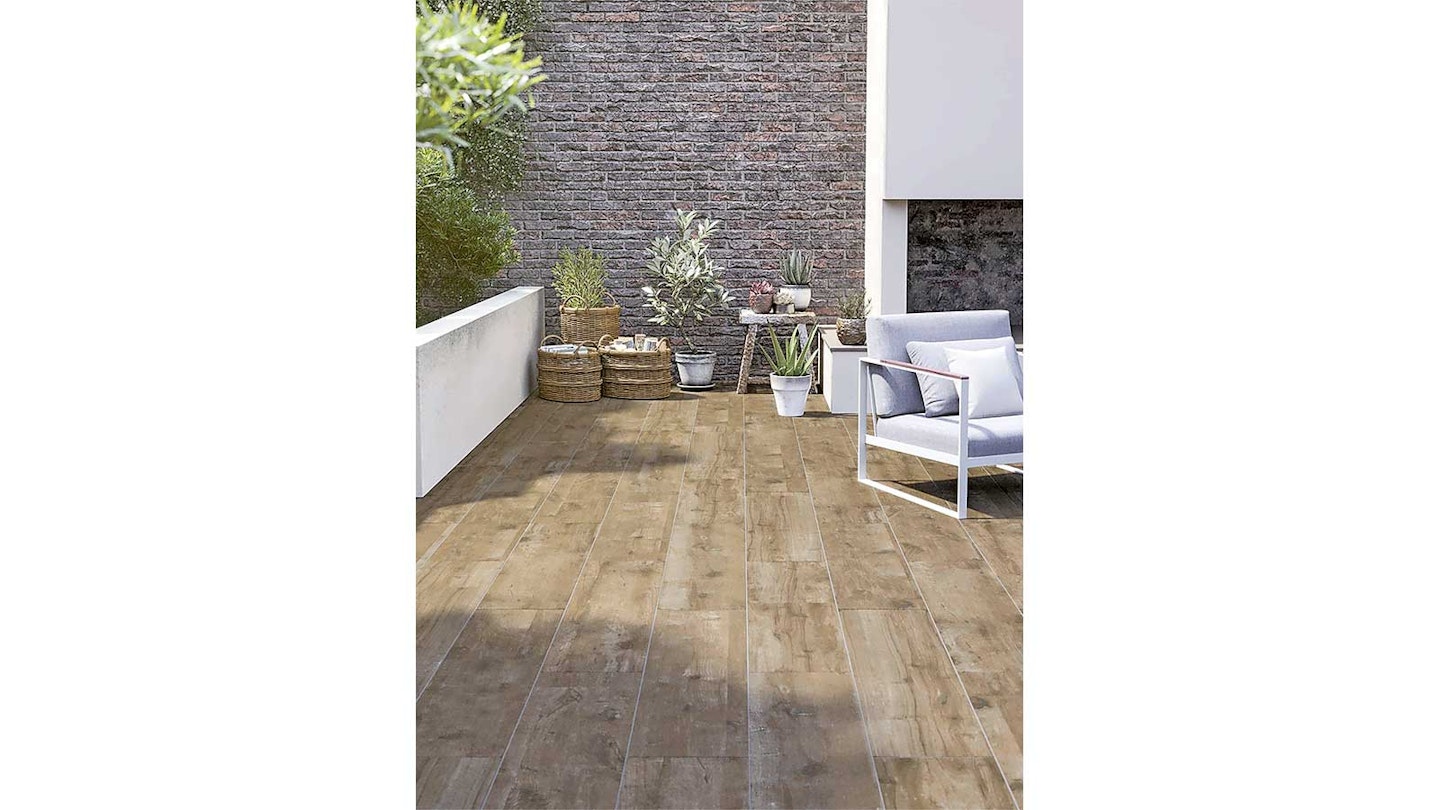
royalestones.co.uk
Cheat vintage Get the look of a beautifully aged wooden floor with the mellow tones and subtle woodgrain of these Vintage Wood Virtue Vitrified Porcelain Paving Slabs (1200 x 300 x 20mm).
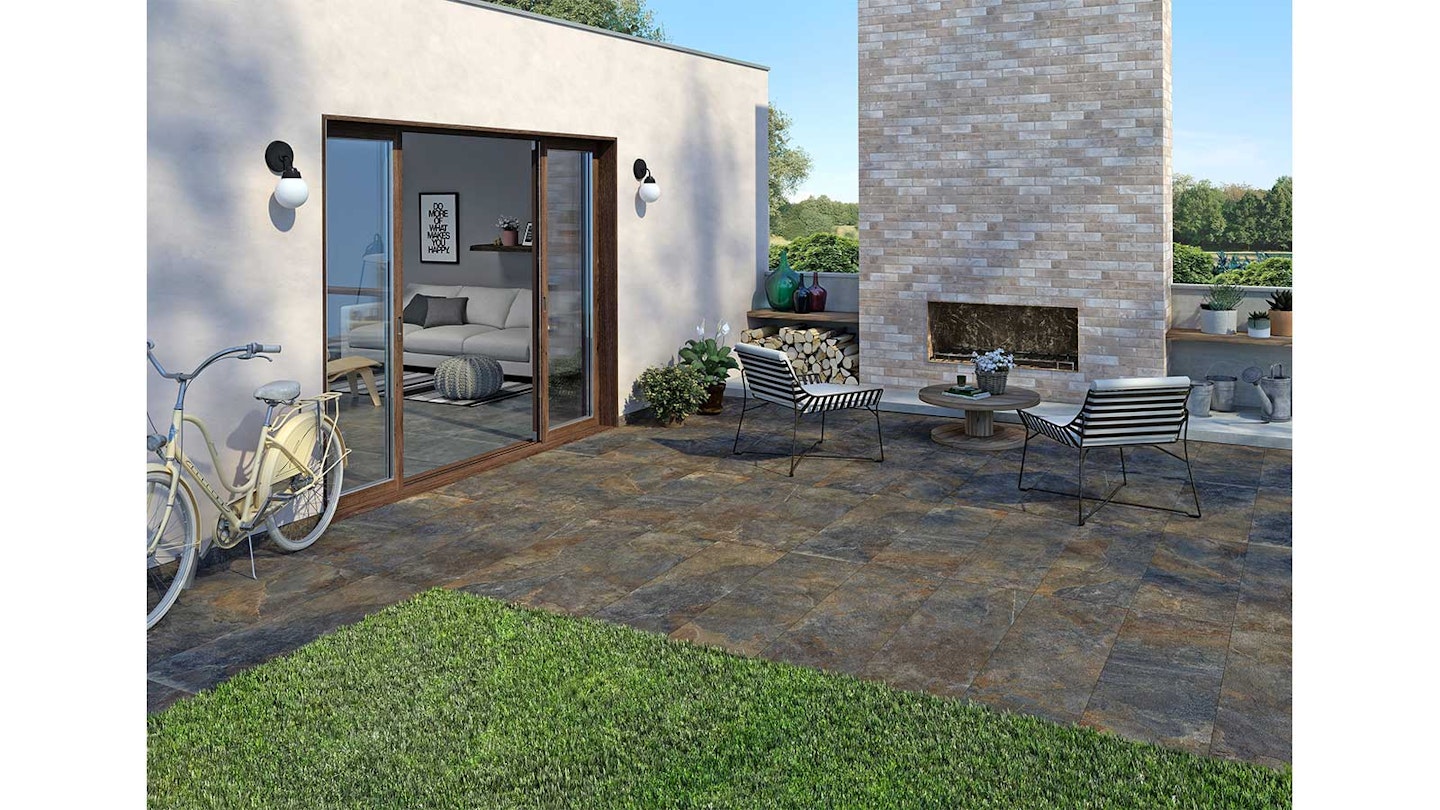
www.thetileshed.co.uk
Get a natural look for less Want a fuss-free floor that steals the show? With their gently riven surface and strong multi-coloured markings, itu2019s hard to believe that these porcelain planks are anything but the real thing. Moulded and printed using high-definition technology, they donu2019t need sealing or any special treatment to keep them looking pristine. 1200 x 400 x 20mm.
Why is porcelain plank paving so special?
Porcelain plank tiles have everything going for them. Made from a mix of white clay, fine sand and feldspar (a widely found rock-forming mineral), they absorb a very low amount of moisture. This together with a long firing at very high temperatures, makes them exceptionally durable and able to cope with the ever-changing British climate. There’s no danger of these tiles cracking in frosty conditions. Their non-porous finish also means they’re unlikely to be stained or become slippery from algae or mould, unlike their more porous ceramic cousins, timber decking or natural stone.
These manmade plank tiles are available in different finishes ranging from pale limestone to charcoal granite and Welsh slate. Wood effects are currently the most popular products and, thanks to the careful moulding and colouring, the end results are almost indistinguishable from the real thing. Popular timber effects currently include pale elm and vintage oak along with the richer tones of cherry and walnut.
There are also ceramic effects available, often with a slight sparkle to them, and these give a very contemporary look. With crisp, clean edges and a dense mono colour, they create a chic interior feel that works well with laid-back lounge and modular dining furniture. Neutral tones of cream, grey, charcoal and graphite are currently popular, but we’re expecting to see bolder colours trend in the future.
Thanks to the manufacturing processes, all surfaces are extremely hardwearing and pretty scratchproof so they’re a great choice for busy outside areas where garden furniture is often moved and dragged around.
Get value for money
While all outdoor porcelain planks are durable and easy to maintain, they tend to cost more than other paving or decking materials. However, when you factor in how long they’ll last and how much you’ll save on maintenance, these pavers start to look far more affordable. The cost is largely down to the materials and the processes needed to perfect such a detailed finish, but a few other factors come into play so it’s well worth knowing what you do want – and don’t want – to pay more for.
There are two different manufacturing processes for porcelain planks: printed and vitrified. To create printed tiles, an image of a particular surface is added to a pre-shaped and moulded plank before firing. Quick and cost effective to produce, these tiles are often cheaper. However, this type of finish remains solely on the surface of the tile and can be affected if heavily scraped. Vitrified products are generally more expensive but, because this process involves adding dye and other minerals to the initial clay mix, the finish penetrates through the entire tile, ensuring any deep gouges are far less noticeable.
Inside and out
Porcelain floor tiles can be safely used both inside and out so, if you’ve just built a lovely new extension with bifold doors, you could create a single seamless surface. Many manufacturers now produce matching indoor and outdoor products which, although they appear identical, perform differently. Indoor tiles tend to be smoother underfoot, while outdoor tiles have a marginally rougher surface that provides better grip, even when wet. This not only creates a contemporary look, but it’s a great way to make a small space appear bigger. It does take some planning though. While interior tiles are often only 6mm thick, exterior ranges are typically 20mm to withstand the fluctuating temperature and climate differences, so you’ll need to take this into account when calculating ground levels.
Easy installation
Exterior porcelain tiles are straightforward to install. Thanks to their rigid design, they can be bedded straight into gravel, soil or sand or even straight onto grass, provided it’s pretty even. For the best results though, it’s a good idea to lay the tiles on a level concrete slab or use with a raised installation system (more on that later). If you’re laying the paving yourself then it’s good to know that these tiles tend to be heavier and trickier to cut than ceramic tiles. But use a dedicated porcelain diamond blade and waste a plank or two with some practice cuts, and you’ll soon master creating clean, neat edges.
If you are bonding the tiles to create a fixed patio, choose an adhesive that’s close in colour to the body of your tile. You’ll need enough adhesive to cover the whole area so add this cost in when deciding what you can afford for your budget. Cement or gypsum based tile adhesives are easy to work with and set quickly, while standard adhesives tend to take longer to dry, but do allow time to make minor changes.
Important details
It’s a good idea to decide on the lay pattern – the arrangement of planks on the ground – at an early stage as this can affect the quantity of tiles you’ll need, and so the cost. Positioning planks in neat rows, corner to corner, creates a crisp look, and is an efficient use of tiles. For a more informal look, stagger the position of each line of planks. If you want to add an extra edge of interior style then consider laying one area at right angles to another to zone your patio. Or how about adding a border around your patio edge with corners jointed with 45-degree angled cuts? Any pattern which involves more cutting to fit will increase the tile wastage, and up the total cost.
The width and colour of grout will also affect how many pavers you need and can make a huge difference to the finished look of your patio, so take time deciding these details too. A closely matched grout and narrow spacing will blend the tiles together for a sleek, uniform look. But finish with a grout in a contrasting tone and the results can be bold and dramatic, highlighting the lay pattern. Spacers varying from 4mm to 8mm are best for 20mm thick exterior tiles, but you can opt for a narrower gap if you prefer. Extra-deep tile spacers that can be pushed firmly into the bed of adhesive will speed up the job, helping to accurately position each tile. They can then be simply grouted over.
Raising the floor
Pedestal installation systems have been designed especially for porcelain floor tiles and are great for creating a firm, easy-fit tiled surface that sits above the ground. They make installation quick and are a really useful option if you need to run cables or plumbing under a patio, with the bonus that the tiles can also be speedily removed for access if required.
Polypropylene feet support the corner of each tile and at one or two points along the long side of each plank. These can be fixed or adjustable in height, and you can even buy self-levelling versions for uneven sites. Many pedestal feet have four raised lugs on top that work as tile spacers, ensuring that each plank or tile sits squarely to its neighbour. If you’re running tiling up against an external wall, then you’ll need a row of wall mounted feet to ensure a flush fit.
Stylish steals to get the look
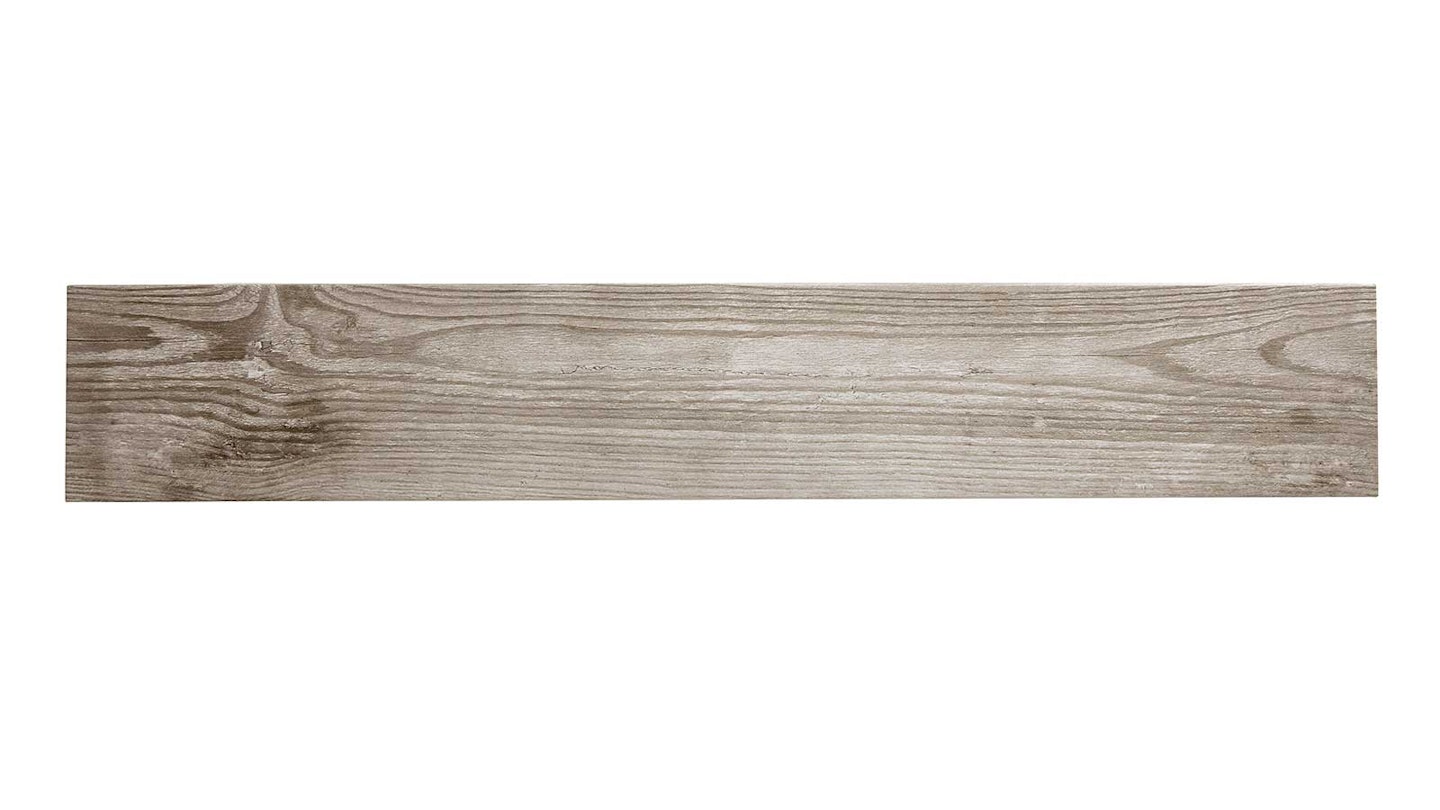
www.diy.com
Cotage Wood Grey Matt Wood Effect Porcelain Outdoor Floor Tile, 1200 x 200 x 10mm.

www.diy.com
Vintage White Matt Wood Effect Porcelain Outdoor Floor Tile, 1195 x 297 x 20mm.
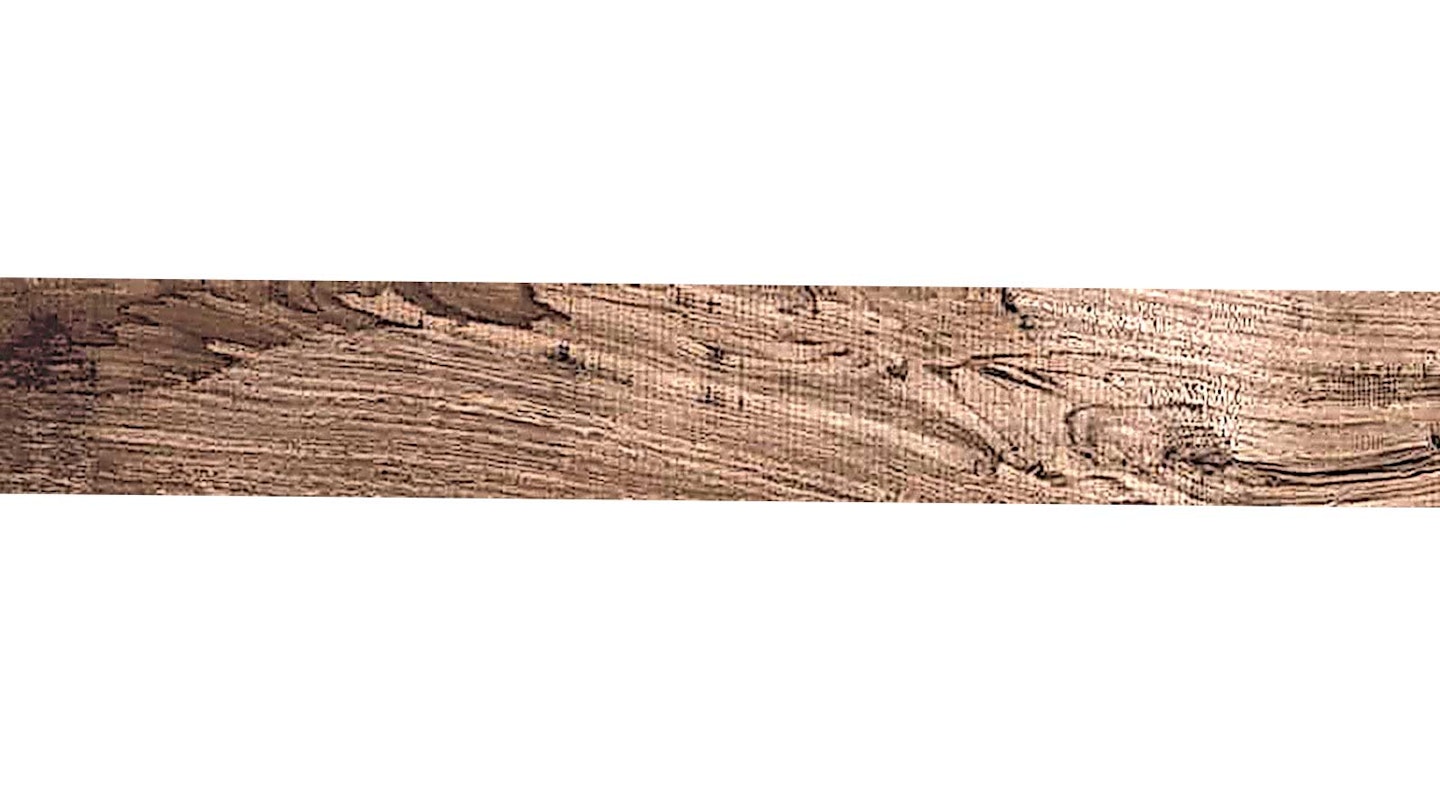
www.crowntiles.co.uk
Soft Nut Porcelain Floor Tiles 1000 x 150 x 9mm.
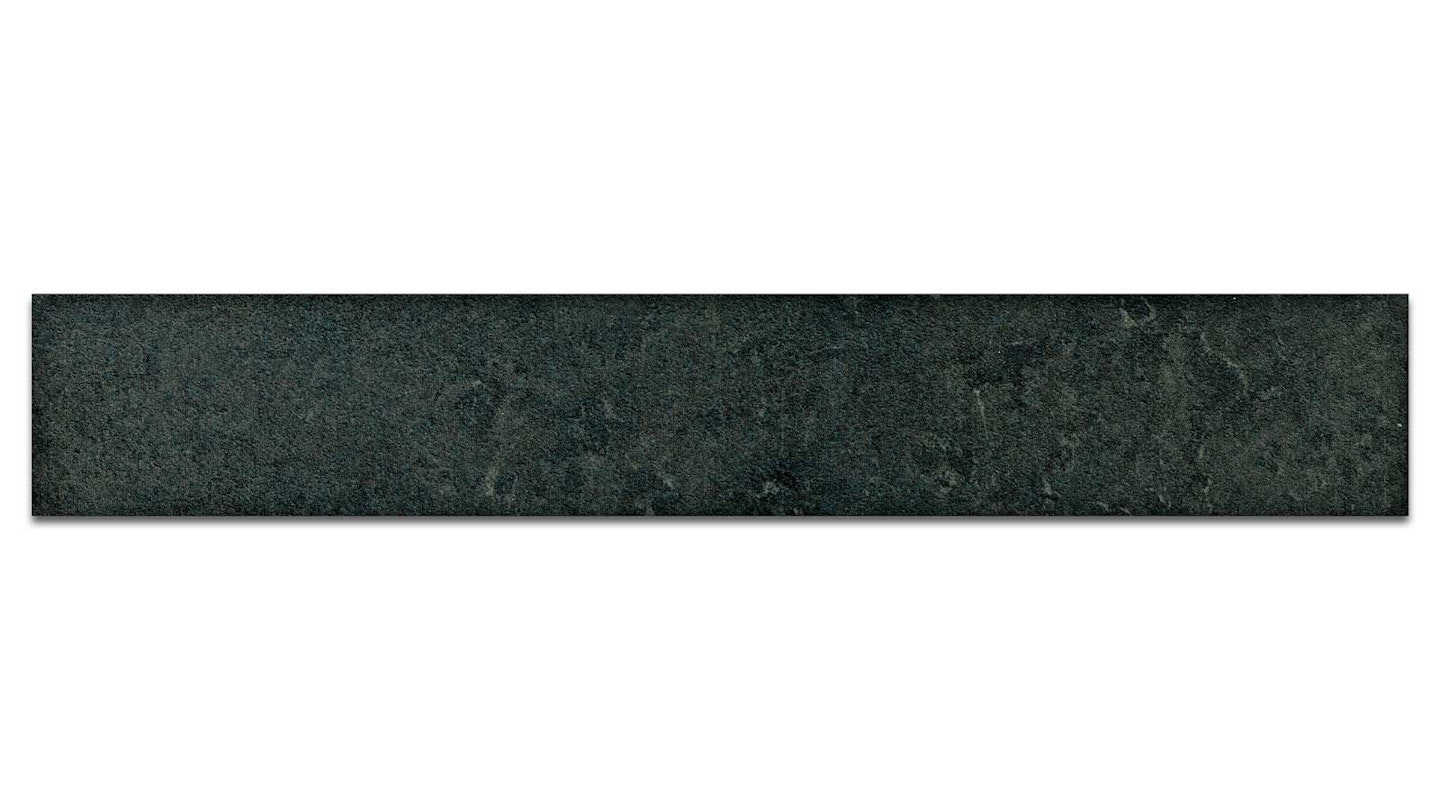
www.londonstone.co.uk
Charcoal Porcelain Planks, 900 x 145 x 20mm.

www.londonstone.co.uk
Cream Porcelain Planks, 900 x 145 x 20mm.
How to keep your porcelain plank pavers clean
What to read next
Get inspired each month with Modern Gardens magazine. In every issue you will find the latest trends and shopping hints (that wonu2019t break the budget), easy and simple DIY projects with clever upcycling ideas, and a look at some of our readers' gardens for you to enjoy. Love your outdoor space even more with inspiration from our magazine. Whether youu2019re looking for the latest digital edition or are interested in our monthly subscription, Modern Gardens has everything you need. Available to download on Android and Apple devices so you can take Modern Gardens with you wherever you go. Not only that, make sure you look out for our exclusive gifts when buying either your digital or print subscription.
